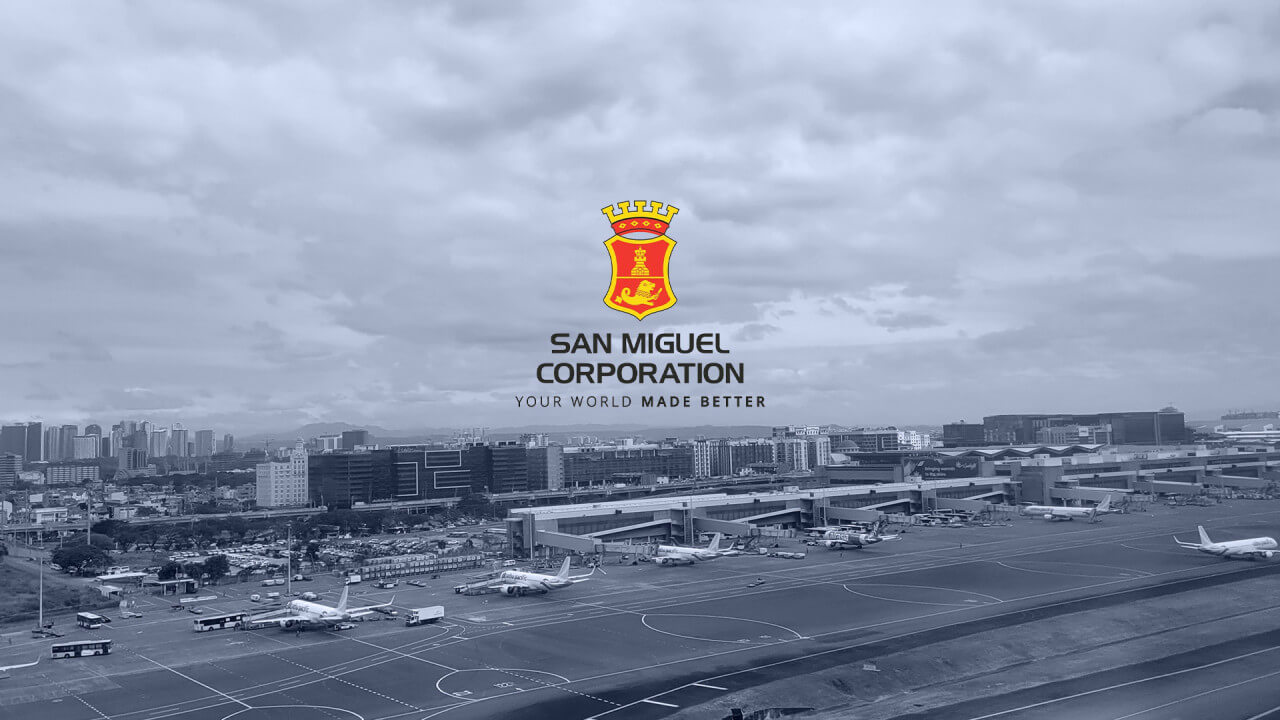

Angelito “Lito” Alvarez, general manager of SMC-backed New NAIA Infra Corp. , shared updates during the Economic Journalists Association of the Philippines-SMC aviation forum on Monday, ahead of the takeover on Sept. 14 this year.
Airline reshuffle
Alvarez said the consortium, which includes Incheon Airport of South Korea, will build a new passenger terminal to increase capacity.
Near-term plans include transforming Naia terminal 2 into a pure domestic gateway. Terminal 1 will be used by Philippine Airlines and foreign carriers that were assigned to Terminal 1 will be moved to Terminal 3, which will also host Cebu Pacific and AirAsia flights.
Alvarez said some Cebu Pacific flights will also be moved to Terminal 2.
Consultants have been tapped to review the assignments, he said. Also under review is the transfer of turboprop operations to Clark International Airport in Pampanga, about an hour and a half north of Manila.
New management’s view
“This rehabilitation and expansion will take time, and there will be no shortcuts,” Alvarez said.
“However, we will be working very hard these coming months to make sure that some quick improvements will already be felt within the first three to six months,” he added.
Near-term plans
Upgrades for the next three to 12 months will focus on quick improvements to boost passenger experience.
New toilets and refurbished comfort rooms will be added, complete with pressure tanks for stable water supply.
Seating capacity will increase, and more air conditioning units will be installed or updated.
Terminals will also get high-speed internet, glass tints for better temperature control, and upgraded retail and F&B options.
Power issues
Backup power will be ensured with additional UPS, generators, and batteries.
Walkalators, escalators, and elevators will be repaired, while X-ray machines will meet new standards, allowing passengers to keep their electronics in carry-ons.
Road expansions will improve accessibility, ground transport will be more organized, and airlines will gradually shift to different terminals for smoother operations.
Looking ahead to the next 4-5 years
Alvarez said NAIA will expand its capacity from 35 million to 62 million passengers per year.
A new terminal will connect to Terminal 2, and Terminal 3 will link to the Metro Manila Subway.
The baggage handling system will be upgraded, and self-check-in, self-bag drop, and biometric systems will streamline processing.
World-class facilities
Passengers will enjoy world-class retail and F&B experiences.
Runway efficiency will rise from 40 to 48 movements per hour, passenger transfers between terminals will become more efficient, and parking capacity will be doubled.